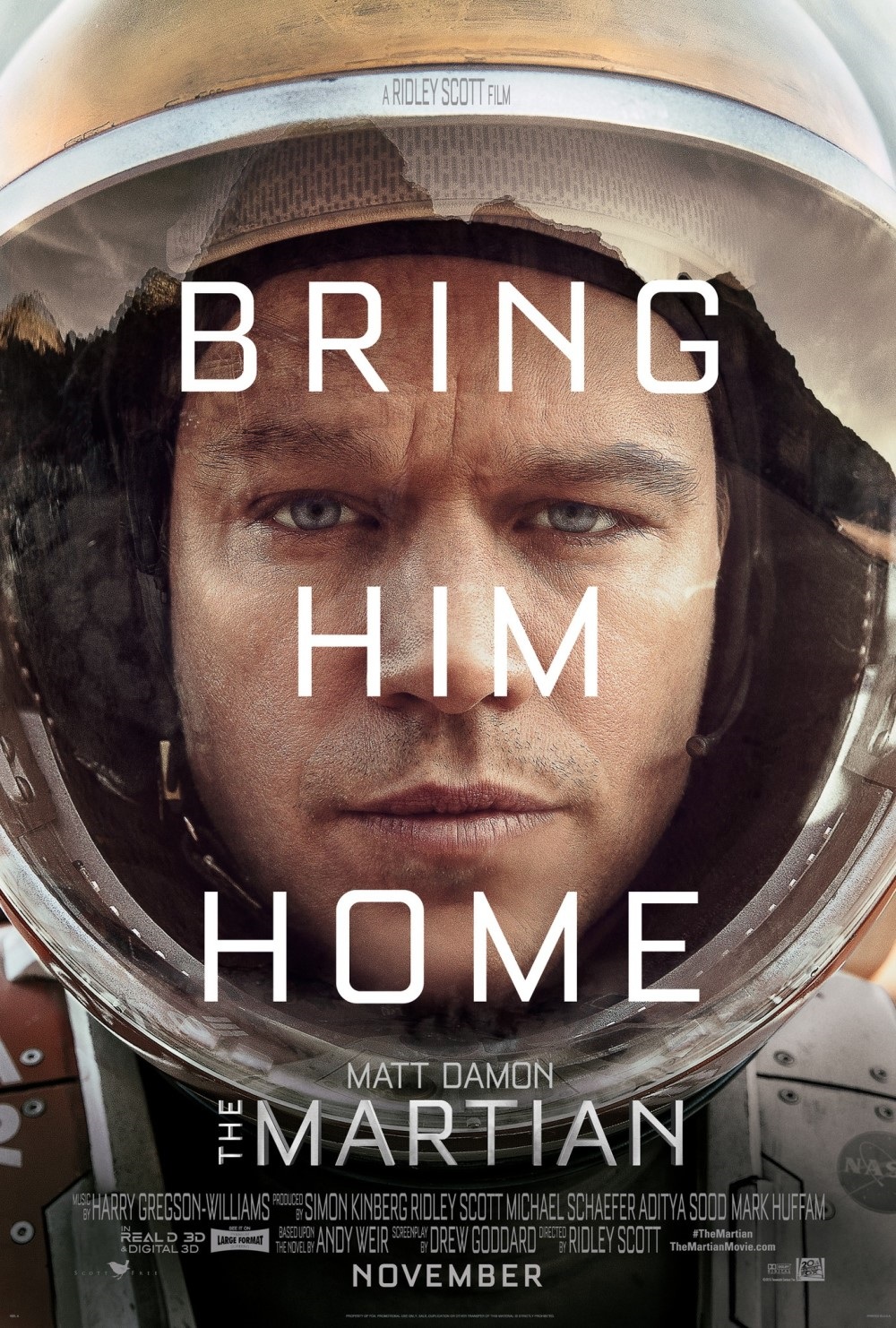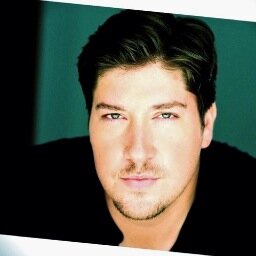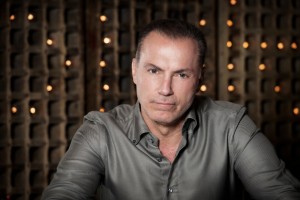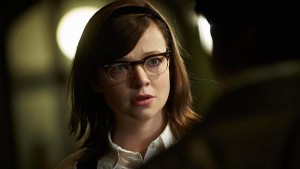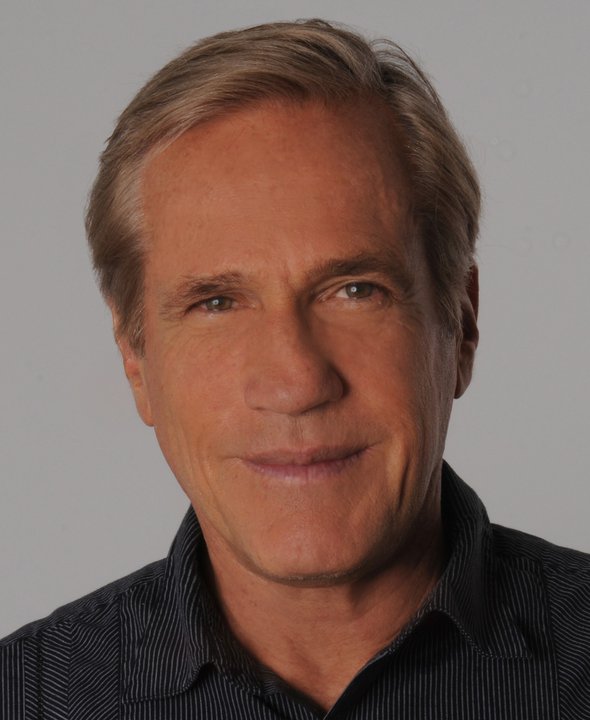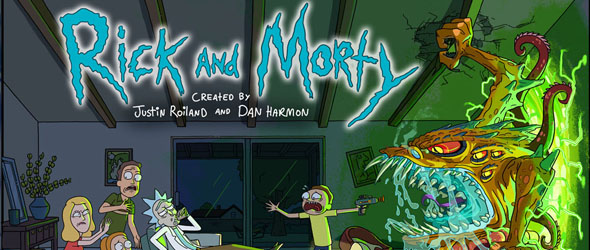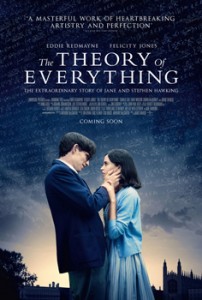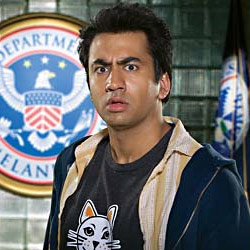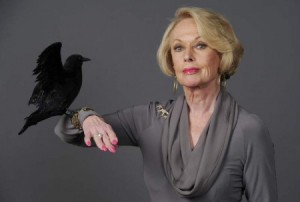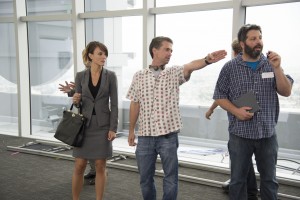With James Brown gone, Tanner Beard may easily be the new “hardest working man” in Hollywood. A recent acting job turned into a gig where he not only continued to star in the film but also co-write, co-direct, help produce, supervise the music AND do his own stunts! He is also executive producing the next two films by creative (and reclusive) filmmaker Terrence Malick. While preparing to head to Germany for the upcoming Berlin Film Festival where one of the Malick films, “Knight of Cups,” is representing the United States in competition, Mr. Beard took time out to talk to me about sixties-style movie making, who Martin Weiss is to him and whether or not there really IS a Terrence Malick.
Mike Smith: Hello fellow Virgo!
Tanner Beard: Virgo is the best you can be! Do we share the exact same birthday?
MS: Not the year, but the date.
TB: (laughing) My man!
MS: Give us a little introduction to “6 Bullets to Hell.”
TB: “6 Bullets to Hell” is a throwback to the classic Sergio Leone’ films back in the day. Kind of like Clint Eastwood – “A Fistful of Dollars” – or the original “Django” kind of style.
MS: You wear at least four different hats on the project. Was that something that was important to you to ensure a certain vision?
TB: You know, I haven’t told a lot of people this but I actually went out there as an actor and a little less than halfway through shooting they called a big meeting and we were told that the funds were about to run out. But because what we had shot so far looked so good my production company decided to come in and finish it. So we spent every night re-writing the script and making it the best we could with the time allotted that we had to shoot. It’s really an interesting story of how it got made that we haven’t shared with anyone yet.
MS: (slyly) Do you want to share it now?
TB: (laughing) Yeah. We kept sending the dailies back to the states and I kept saying it’s so great because we’re doing it like they did in the sixties. There was no sound. We decided to ADR everything after we were finished like they did in the sixties. We were shooting on the same set that literally made Clint Eastwood famous. Half of our crew was from all over the world. There were six or seven different languages spoken on set daily. We were literally making a “spaghetti” Western just like they did back in the sixties. And I said to my production company “what do you think about us coming in and taking it over?” To make it more for an American audience, as opposed to its original European market. And we ended up making a classic, late night, drive-in movie style film. It was so much fun. I learned how to ride a horse on that movie that’s for sure.
MS: What, if anything, can you share on “Knight of Cups?”
TB: “Knight of Cups” is a film with an unbelievable cast and an unbelievable director. I still pinch myself when I see my name near any of those people. People who I grew up studying and learning. I used to study Terrence Malick in film school. So now, later on, to even have my name anywhere next to his is unbelievable. It’s still settling in. Christian Bale is one of my favorite actors so to be up there with him is pretty surreal. I actually haven’t seen the full film yet…just bits and pieces. So I’m probably more excited about seeing it in Berlin then others since I haven’t seen the completed film yet.
MS: This questions is tongue in cheek but, I mean, the man is so reclusive. Have you ever actually SEEN Terrence Malick?
TB: (laughs loudly) I have! Though I’ve never seen him in America. My offices are very close to his so you would have thought I’d have run into him sometime…maybe seen him at the grocery store. But he is so dedicated to his work…he’s not out and about too often. There have been a couple times that we were supposed to go to dinner but some schedule conflictions came up. When I was in Cannes last year I got to meet him very briefly. It was a very cool moment for me because some people don’t even know what he looks like because he is SO dedicated to his craft. He’s not out on the red carpets. I am looking forward to spending more time with him in Berlin, which makes the trip so much more exciting and important to me.
MS: I had to ask. I saw a note on another untitled Malick project you are working on that stated on September 16, of last year, it was reported that a photo of Malick was taken on the set.
TB: Was that in Austin? The Ryan Gossling film?
MS: Yes.
TB: I’m surprised more pictures weren’t taken, since that’s a great day to take them on! (laughs)
MS: I couldn’t help noticing a big coincidence in your acting credits – who is Martin Weiss and why do you play him so often?
TB: (laughs) Oh my God! That’s a funny story. Probably six or seven years ago…maybe longer…I was beginning to find my way as an actor out here. Back when you used to answer actor ads on Craigslist. A really kind gentleman named Roger Lim actually was making a film and I thought it was just….that I was just making a baseball movie. But it turned out to be four movies. So it keeps showing up. He shot enough footage to make four films so my character keeps going. I actually haven’t seen them but I guess I shot more than a trilogy in two weeks!
MS: After fourteen years you’re releasing “The Beaver Trilogy, Part IV.” Is this a continuation? Is Bill Hader taking over from Crispin Glover?
TB: No, Bill Hader is actually narrating the documentary piece. “The Beaver Trilogy” has been a very interesting cult film for a long time. Jack Black was very aware and interested in it. The director has just done so much with it. It’s based on a real encounter that was videotaped and then it was re-created with various actors. Crispin Glover did a version of it very, very early on. Sean Penn did a version of it way before “Fast Times at Ridgemont High.” So there were three different versions of it. It was the filmmaker’s thesis project. He created this really weird chance encounter. And now part IV is the documentary that ties all three of them together and lets the story in on where these interesting pieces came from. It’s a very cool and quirky documentary. I think people are going to like it. And it drew the attention of Sundance early on. So it’s very odd that a chance encounter from 1979 is still being talked about today.
MS: What else do you have in the pipeline?
TB: There is an animated feature that we’re working on now. We’re very early in the pre-production stages. It’s called “Fridgeport.” And we’re working on a Christmas movie called “Just Claus,” which we just started casting to being shooting in February that hopefully will be out by Christmas.
